Don't Miss These City Spots Sponsored by WisTravel
Explore Genoa
The oldest known white settler on the site of this picturesque river town was David Hastings, who erected the first house in 1853. Genoa was the location of a steamboat landing, which was referred to as Hastings Landing. Early residents depended on the Mississippi for livelihoods, as well as for news from the outside world, in a time when steamboats provided the only form of communication and transportation. In 1884, the Chicago, Burlington & Northern Railroad completed its route through Genoa. It offered freight and passenger service for the residents and gave the village much closer access to the larger city of La Crosse. Passenger service gave way to the automobile in the early 1930’s and freight service was ended in the early 1960s.
Genoa attracts fisherman all over the Midwest (via boat or from Clements famous fishing barge) for great walleye, bass and panfish. The variety of fish is stupendous. The area also draws hunters for the deer and turkey seasons, and in the summer months boaters and campers traverse the Mississippi main channel and its adjacent sandbars. Many bikers travel by on the Great River Road or on the many side roads winding from the valley, along the limestone bluffs and to scenic ridgetops and farmland expanses.
The Genoa National Fish Hatchery is managed by the U.S. Fish and Wildlife Service. Genoa is a very diverse station, called a combination station, because it is able to raise cold, cool, and warm water species of fish and aquatic animals. Due to changes in national fisheries program priorities, the station now concentrates on the recovery of Threatened and Endangered Aquatic species, such as Higgins Eye pearly mussel, and restoration of threatened fish populations such as sturgeon and coaster brook trout. Sport fish are also provided to Fish and Wildlife refuges to increase recreational opportunities on Fish and Wildlife Service managed land.






